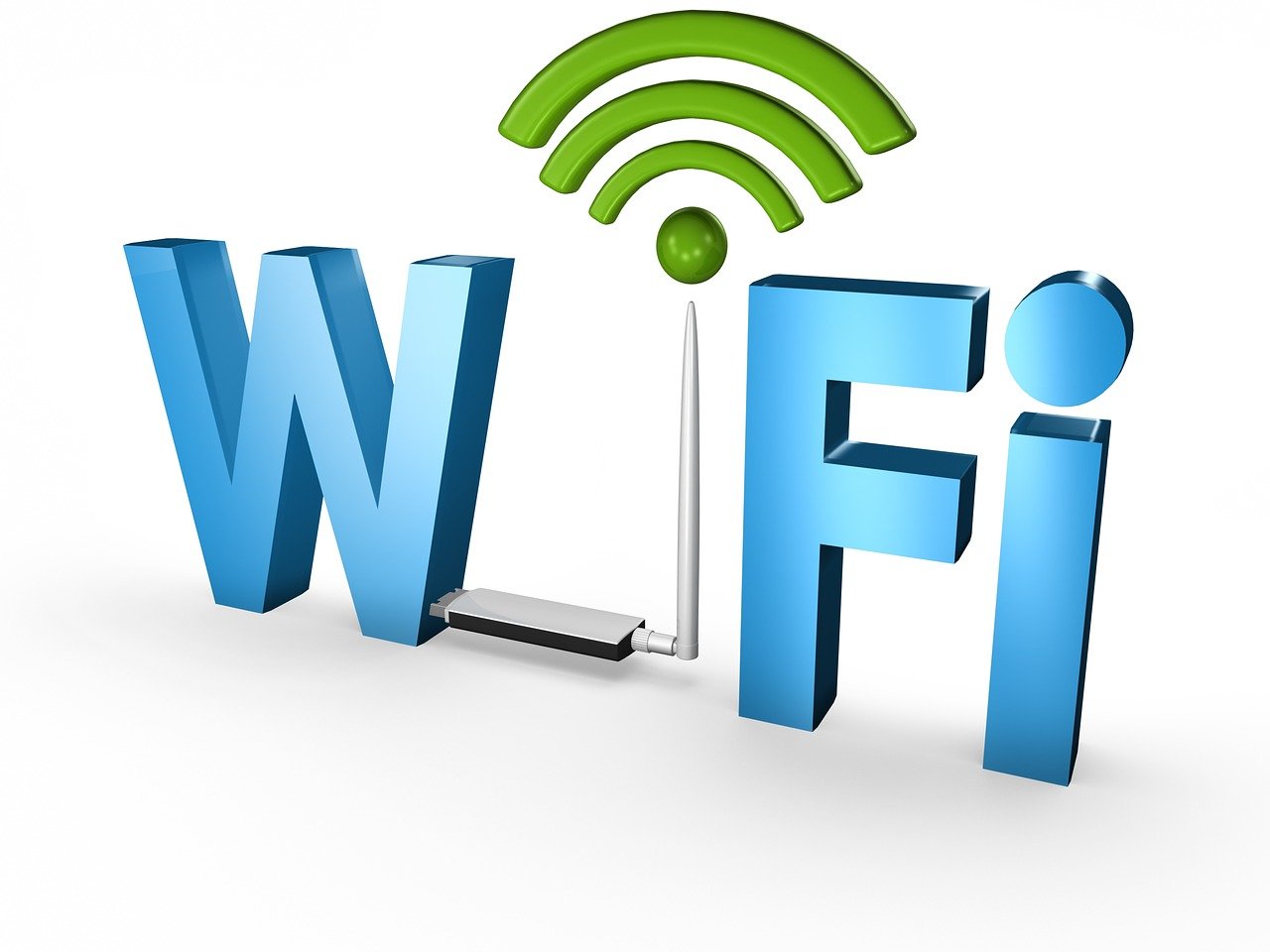How to Choose the Right Fiber Optic Wall Plate for Your Network Setup?

Fiber optic wall plates are an essential component of any network setup, providing a secure and reliable connection point for fiber optic cables. With the increasing demand for high-speed internet and data transfer, fiber optic technology has become the preferred choice for many businesses and consumers. Choosing the right fiber optic wall plate is no longer a daunting task, as you can click on this link to explore the vast range of fiber optic outlets.
In this article, we will guide you through the process of choosing the right fiber optic wall plate for your network setup.
Contents
1. Determine Your Network Requirements
The first step in choosing the right fiber optic wall plate is to determine your network requirements. This includes the type of fiber optic cable you will be using, the number of ports you need, and the distance between the wall plate and the device. For example, if you are using multi-mode fiber optic cables, you will need a wall plate that supports multimode connectors and vice versa for single-mode cables.
Once you have determined your network requirements, you should also consider the design and functionality of the wall plate. Look for a wall plate that is easy to install and has a durable construction. You may also want to choose a wall plate with additional features such as dust covers or labeling options. Finally, consider the aesthetics of the wall plate and choose a design that complements your decor. By taking these factors into account, you can choose the right fiber optic wall plate for your network needs.
2. Consider the Type of Wall Plate
There are several types of fiber optic wall plates available in the market. The most common types are single-gang and double-gang wall plates. Single-gang wall plates are designed to accommodate one or two connectors, while double-gang wall plates can accommodate up to four connectors. You may want to consider using a double-gang wall plate if you have multiple devices to connect to your network.
3. Choose the Right Connector Type
The connector type is an essential factor to consider when choosing a fiber optic wall plate. The most common connector types are ST, SC, and LC connectors. ST connectors are the most common and are used for both multi-mode and single-mode fiber optic cables. SC connectors are also widely used for both multi-mode and single-mode cables. LC connectors are primarily used for single-mode cables and are smaller in size than ST and SC connectors.
When selecting a fiber optic wall plate, it is important to take into account the type of connector that it requires. SC connectors are also compatible with both multi-mode and single-mode cables. On the other hand, LC connectors are typically used with single-mode cables and are smaller in size compared to ST and SC connectors.
4. Look for Additional Features
When choosing a fiber optic wall plate, you may want to consider additional features that can enhance the performance and security of your network. Some wall plates come with dust caps to protect the connectors from dust and debris. Others come with integrated splice trays that allow you to splice fibers inside the wall plate. You may also want to consider using a wall plate with angled connectors, which can help reduce insertion loss and improve the performance of your network.
5. Consider the Installation Process
The installation process is another important factor to consider when choosing a fiber optic wall plate. You need to ensure that the wall plate is easy to install and that it comes with clear instructions. Additionally, you may want to consider using a wall plate with pre-installed connectors, which can save you time and effort during the installation process.
Conclusion
Choosing the right fiber optic wall plate is essential to ensure the performance and reliability of your network. By considering your network requirements, the type of wall plate, connector type, additional features, and the installation process, you can choose a wall plate that meets your needs and provides a secure and reliable connection point for your fiber optic cables.






